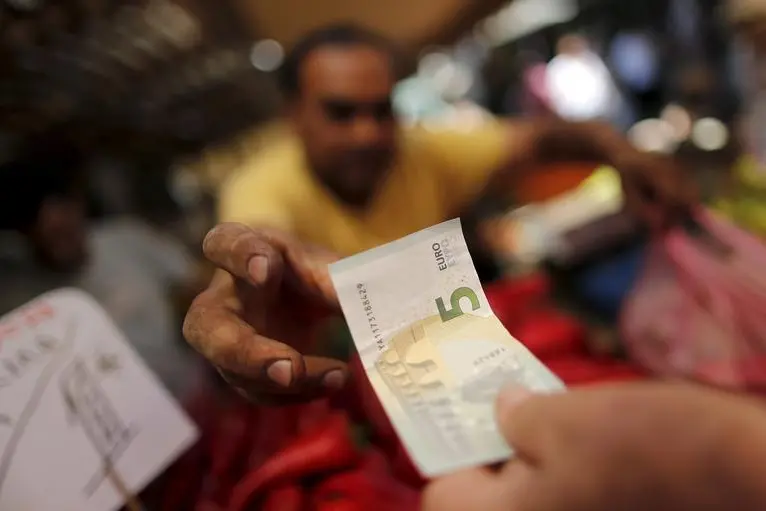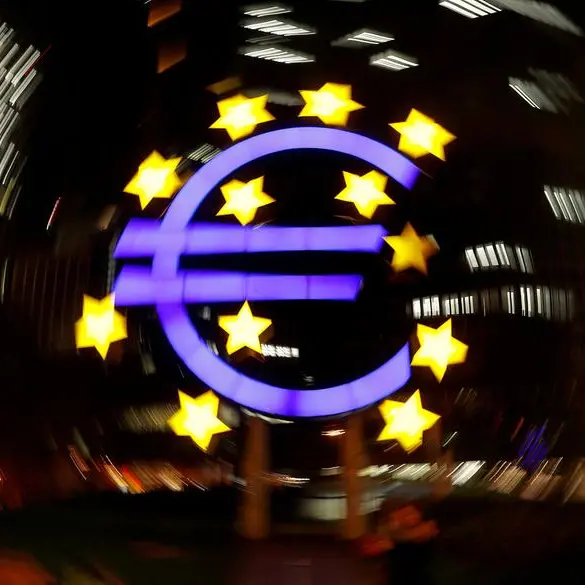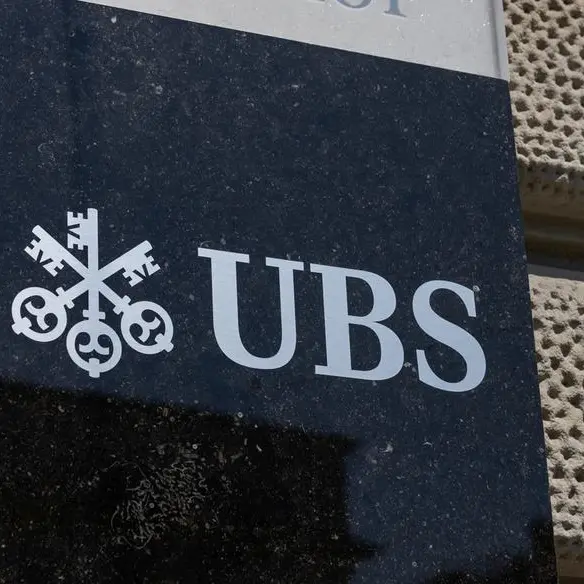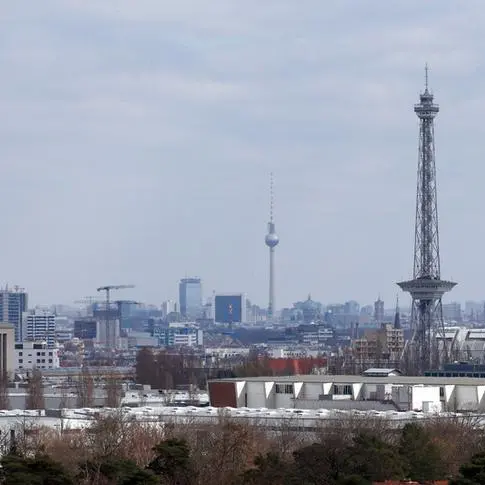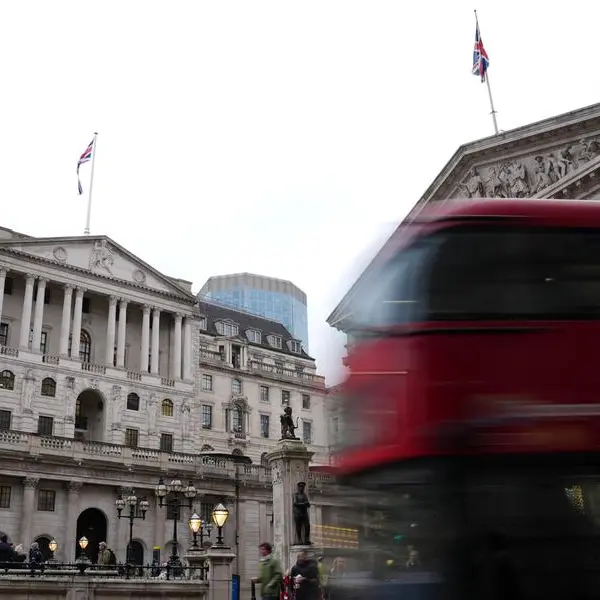PHOTO
Germany's bond yield curve traded at its deepest inversion since 1992 on Friday in a potentially worrying sign for Europe's biggest economy.
German bond yields, seen as a benchmark for the currency bloc, edged higher on Friday but remained on track for their third consecutive weekly fall. Yields move inversely to prices.
An inversion is uncommon and is seen by many economists as a precursor to a recession.
Germany's curve inversion extended late on Thursday, with the gap between the 2-year and 10-year government bond yields falling to -27 basis points (bps), before trading at -25 bps on Friday. That was the widest gap since Oct. 1992, Refinitiv data showed.
When longer-dated yields are lower than those on shorter-dated bonds, it suggests investors expect the central bank to raise interest rates in the short-term before cutting them later to deal with slowing growth.
Christoph Rieger, head of rates and credit research at Commerzbank, said the German curve has less predictive power than that of the United States, because it takes into account the diverse economies of the euro zone.
It was a sign that investors expect the European Central Bank (ECB) to pause or even cut rates next year, he said.
However, he added: "I think they'll continue raising rates more than the market and many people are predicting."
Germany's 10-year yield was up 4 bps on Friday to 1.882%, although it remained on track for a more than 13 bps fall for the week.
GfK survey data released early on Friday showed German consumer sentiment improved slightly heading into December, but was below analysts' expectations. Separate data showed the country's economy grew 0.4% in the third quarter.
Global bond yields have dropped sharply in November as signs that inflation is cooling in the United States raised hopes the Fed could slow its rate hiking cycle, alleviating pressure on other central banks.
Germany's 2-year yield, which is most sensitive to ECB interest rate expectations, was up 3 bps to 2.131%. It was on track to rise for the week, in a sign that investors expect further rate hikes from the ECB.
Italy's 10-year yield was up 6 bps to 3.732%, although was on track for its weekly fall in a row. (Reporting by Harry Robertson; editing by Barbara Lewis)
